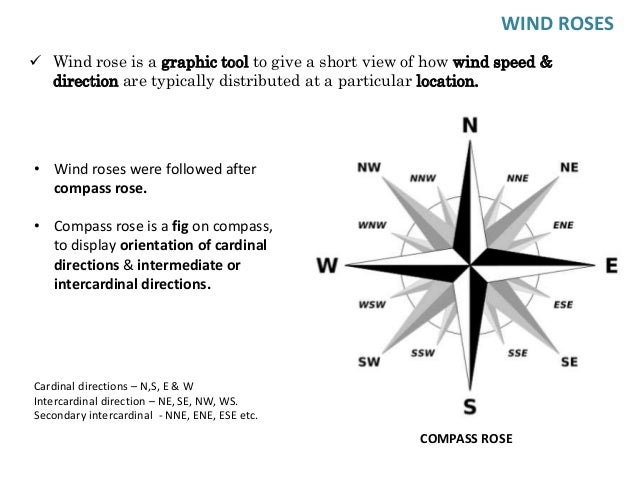
The automatic weather station of Lawrence & Mayo (India) Pvt. A tri-axis monostatic (back-scattering) sodar, manufactured by Global Environmental Technologies, New Delhi, India, with a technical know-how of the National Physical Laboratory, New Delhi, India, was installed at the roof of office building of National Institute of Rock Mechanics, Kolar Gold Fields, India. Data Generation Using Sodar and Automatic Weather Station SODAR stands for sound detection and ranging. Considering these, seasonal data on atmospheric and meteorological parameters were generated for the assessment of stability periods, to find out the seasonal variation in mixing height, to determine the stability classes of the area, to study the influence of meteorological parameters on mixing height, and to develop statistical model for the evaluation of mixing height.

As the dissipation of air pollutants in vertical and lateral directions depends basically on atmospheric and meteorological conditions, therefore, study on these parameters will be helpful for the industries either in operation or to be set up in this area to reduce their impacts. But some industries are in operation and some may likely to be established in near future. Kolar Gold Fields is located in Karnataka, India where gold mining was carried out over 120 years.

Spurr stated that the pollutants discharged into the atmosphere depend upon the meteorological conditions prevailing in the earth’s atmospheric boundary layer. In addition to latitudinal variation, meteorological parame ters may also affect the mixing height. The use of mixing height data of one particular site for another will be unjust and unwise when dealing with the dispersion models which require site-specific mixing height and stability class data. Topographical features and climatological conditions also influence the mixing height and evolution of stable and unstable ABL. Mixing height determines the volume available for the dispersion of pollutants by convection or mechanical turbulence and it is used in environmental monitoring and prediction of air pollution. The height of the atmospheric boundary layer (ABL) or mixing height (MH) is a fundamental parameter that characterizes the structure of the lower atmosphere. ABL, being the lower part of the troposphere, is governed by the influence of the earth’s surface through friction, convective heating during the day, and radiative cooling of the ground during the night. Introduction The concentration of atmospheric pollutants is affected by atmospheric flows and by dispersion within the atmospheric boundary layer (ABL). Model adequacy was checked using F-statistics, normal distribution curve and correlation between predicted and measured values of mixing heights.ġ. Statistical model was developed for the prediction of mixing height. Influence of wind speed, wind direction, temperature, humidity, solar radiation and rainfall on mixing heights was studied. Based on the sodar echograms and mixing height, stability classes for the different times of the day were evaluated, which can be used for the estimation of dispersion coefficients. The highest duration of mixing heights revealed the period of highest dispersion.

Using echograms, unstable period was determined to know the diluting capability of atmosphere for pollutants in the seasons. Over 2000 sodar echograms were recorded and classified into six categories like rising layer, thermal plume (free), ground based layer (spiky top), ground based layer (flat top), ground based multiple layers and dot echo structures. Data on atmospheric and meteorological parameters were generated using SODAR (Sound Detection and Ranging) and automatic weather station in different seasons. Gold mining at Kolar Gold Fields is closed but some industries in this area are in operation and some may like to be established.


 0 kommentar(er)
0 kommentar(er)
